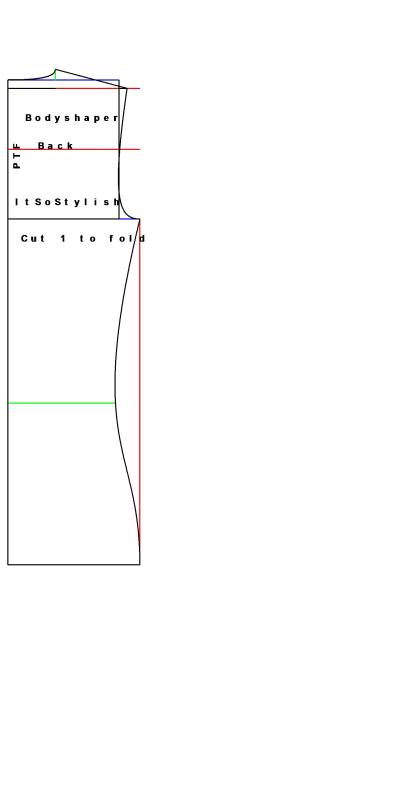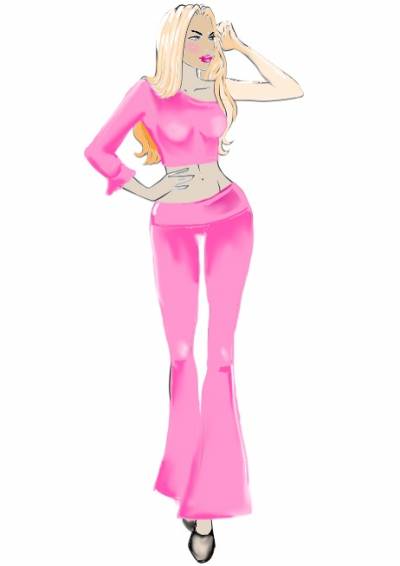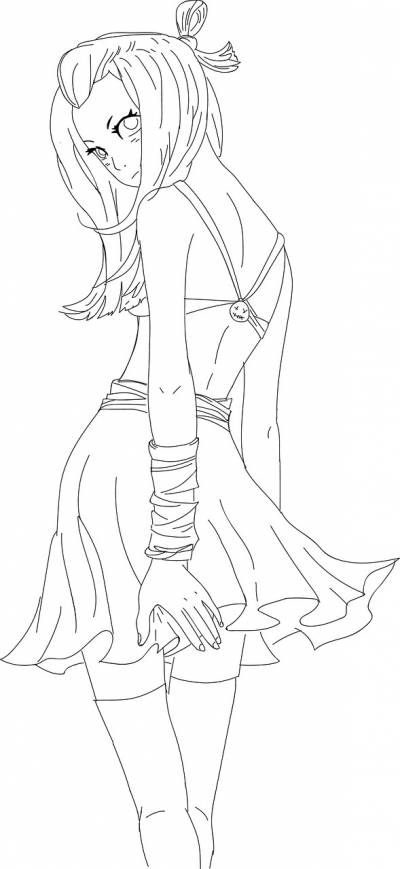Unveiling the Magic of Slopers in Fashion Design: From Basics to Masterpieces
Tips and tricks.
Unveiling the Magic of Slopers in Fashion Design: From Basics to Masterpieces
Fashion design is an art that weaves creativity and technical prowess together to create breathtaking garments that define trends and styles. One of the essential tools in a fashion designer's arsenal is the "sloper" – a foundational pattern that serves as the building block for various garments like bodices, sleeves, skirts, pants, and even lingerie. In this blog post, we will explore what a sloper is and how fashion designers utilize these basic patterns to craft intricate and unique designs.

Understanding the Sloper
A sloper, also known as a block or a basic pattern, is a simple, form-fitting template used by fashion designers to create garments with precise fit and construction. It acts as a blueprint that captures the exact dimensions and contours of a particular body shape, devoid of any style lines or design elements. Fashion designers often create individual slopers for different parts of the body, such as the bodice, sleeves, skirts, and pants.
The Importance of Slopers

Slopers serve as the foundation of garment construction because they ensure the perfect fit, balance, and proportion for each unique body shape. By creating and adjusting slopers to conform to various body measurements, designers can confidently produce garments that drape elegantly and accentuate the wearer's silhouette.
The Process of Developing Slopers

Developing a sloper is a meticulous process that requires careful measurements and precision. Fashion designers begin by taking extensive body measurements to record the bust, waist, hips, arm circumference, and other relevant dimensions. These measurements are then translated onto paper or a digital platform to create a basic flat pattern.
Once the initial flat pattern is drafted, designers create a sample garment, often called a muslin or toile, using inexpensive and easily manipulated fabric. The muslin allows designers to make necessary adjustments to the pattern, ensuring a snug fit and the desired silhouette. This iterative process may involve several fittings and adjustments until the sloper is perfected.
Utilizing Slopers for Different Garments

Bodices: The bodice sloper acts as the backbone for a wide range of tops, blouses, and dresses. Designers can modify the sloper by adding darts, princess seams, or style lines to create various necklines, waistlines, and sleeve attachments.
Sleeves: Sleeve slopers dictate the shape and size of the sleeve, serving as a crucial element in the overall design. Designers can experiment with different sleeve lengths, pleats, gathers, or cuffs to enhance the garment's aesthetic appeal.
Skirts: The skirt sloper lays the groundwork for skirts of various lengths and styles, from A-line and pencil skirts to pleated or flared designs. Designers can play with hemlines, waistbands, and darts to create different skirt silhouettes.
Pants: The pants sloper provides the starting point for designing trousers, jeans, shorts, and other bottom wear. By adjusting the crotch curve, waistline, and leg width, designers can tailor pants to different body shapes and style preferences.
Lingerie: Slopers also find their way into creating undergarments, like bras and panties, ensuring a comfortable and flattering fit. Designers can incorporate features like underwires, padding, and elastic bands into the sloper to craft various lingerie styles.
Conclusion

The humble sloper may not be a glamorous part of fashion design, but its significance cannot be overstated. These unassuming basic patterns form the backbone of garment construction, allowing fashion designers to turn their creative visions into reality with exceptional fit and style. By using slopers as a starting point, designers can confidently experiment with designs, fabrics, and embellishments, leading to the creation of stunning, one-of-a-kind garments that leave a lasting impression on the world of fashion.